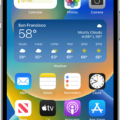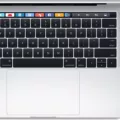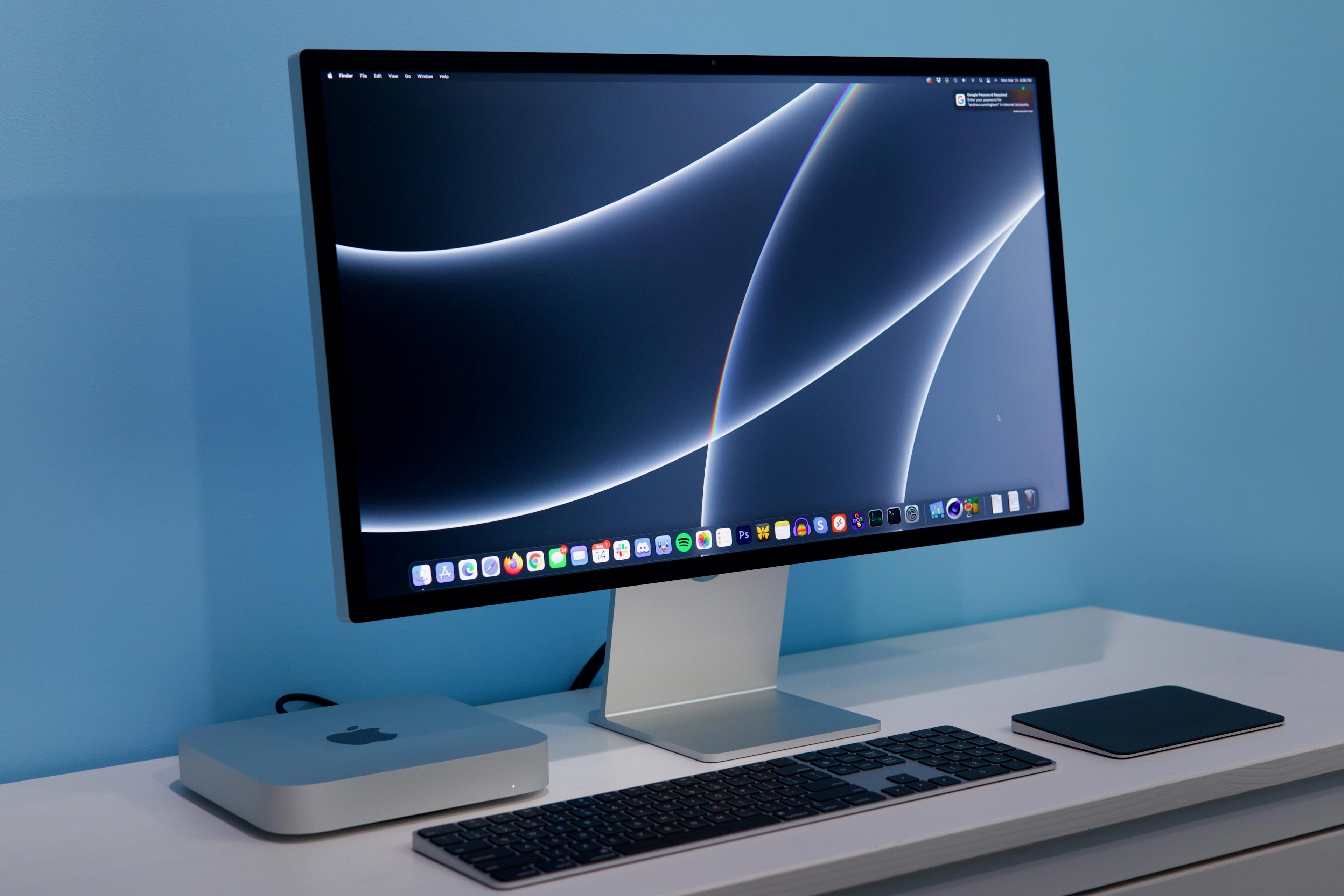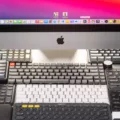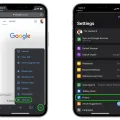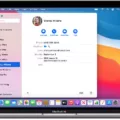Are you a proud owner of the new Macbook Air? If so, congratulations! You’ve got a sleek and powerful laptop with all the bells and whistles. But as with any computer, it’s important to keep it running in top condition. One way to do that is by clearing your cache regularly. Here’s how to do it on your Macbook Air:
First, open Google Chrome on your Macbook Air. Then click on the three-dot icon located in the upper right corner of the window. From there, select Settings from the drop-down menu. Once you’re on the settings page, scroll down until you find Advanced and click on it. Next, click Clear Browsing Data under Privacy & Security.
A pop-up window will appear giving you several options for what data you want to delete. Make sure Cached images and files are selected, then click Clear Data at the bottom of the window. This will delete all of your cached data from Chrome and help keep your Macbook Air running optimally.
It’s also important to note that clearing your cache won’t delete any bookmarks or passwords from Chrome – just cached data like images, cookies, and other website data stored in your browser. Additionally, if you want to speed up your browsing experience even further, consider closing unnecessary tabs as they can take up valuable system resources.
So there you have it – a quick guide to clearing your cache on a Macbook Air! Taking care of simple maintenance tasks like this will ensure that your laptop runs smoothly for years to come!
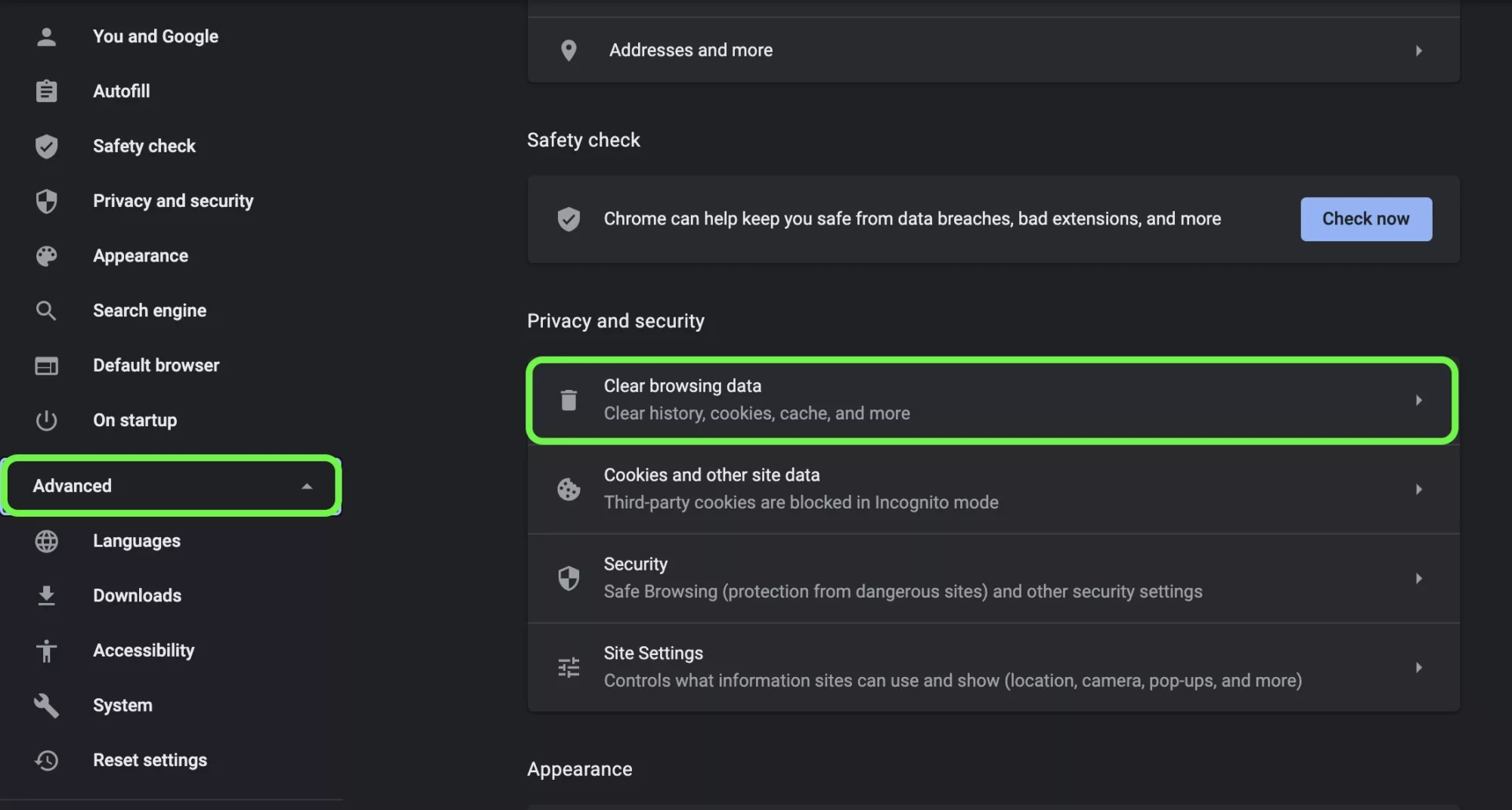
Clearing Browser Cache on a Macbook Air
Clearing your browser cache on a Macbook Air is a relatively simple process. First, open the Safari browser and click on the Safari drop-down menu in the top left corner of the screen. Next, select Preferences from this menu and then click on the Advanced tab. Here, you will find an option to Show Develop menu in the menu bar; make sure this box is checked and closed out of the Preferences window.
Now that you have enabled the Develop menu, open it from the top left corner of your screen and select Empty Cache from the list of options. This will clear all cached data from your browser on your Macbook Air. You may also want to consider clearing your browser history for added security. To do so, simply select Clear History from the History drop-down menu located within Safari’s main window.
The Benefits of Clearing the Cache on a Macbook Air
Yes, you shoud periodically clear the cache on your Macbook Air. Clearing your cache can help free up storage space and improve the performance of your computer. It will also help keep your device safe from malicious software and applications that may be stored in the cache. To clear your cache, open the Finder window, select “Go” in the top menu bar, and click “Go to Folder”. Then type in ~/Library/Caches and press enter. You can delete all the files inside this folder to clear the cache on your Macbook Air.
Location of Chrome Cache on Mac
The Chrome cache is located in your Mac’s Library folder, which is usually hidden. To access it, you can open Finder and press the Option (Alt) key while selecting Go from the menu bar. This will reveal the Library folder, where you can find the Caches folder and access Chrome’s cached data.
Clearing Cache on Mac: Is it Possible?
Yes, you can completely clear your Mac’s cache. To do this, open Finder and click on Go > Go to Folder. Type in ~/Library/Caches and click Go. This will bring up a list of folders containing all the cached files stored on your Mac. You can then press Command + A to select all the folders or manually select individual items. Finally, press Command + Delete to clear the selected files from your Mac’s cache. If prompted, click Yes or OK to confirm that you want to delete all selected files.
Clearing Chrome Cache
Clearing the Chrome cache is an easy process that can help improve the performance of your browser. To clear your Chrome cache, open the Chrome app on your Android phone or tablet. At the top right, tap More, then tap History > Clear browsing data. Choose a time range to delete everything from or select specific items you would like to clear. Select the boxes next to “Cookies and site data” and “Cached images and files”, then tap Clear data. Your Chrome cache should now be cleared!
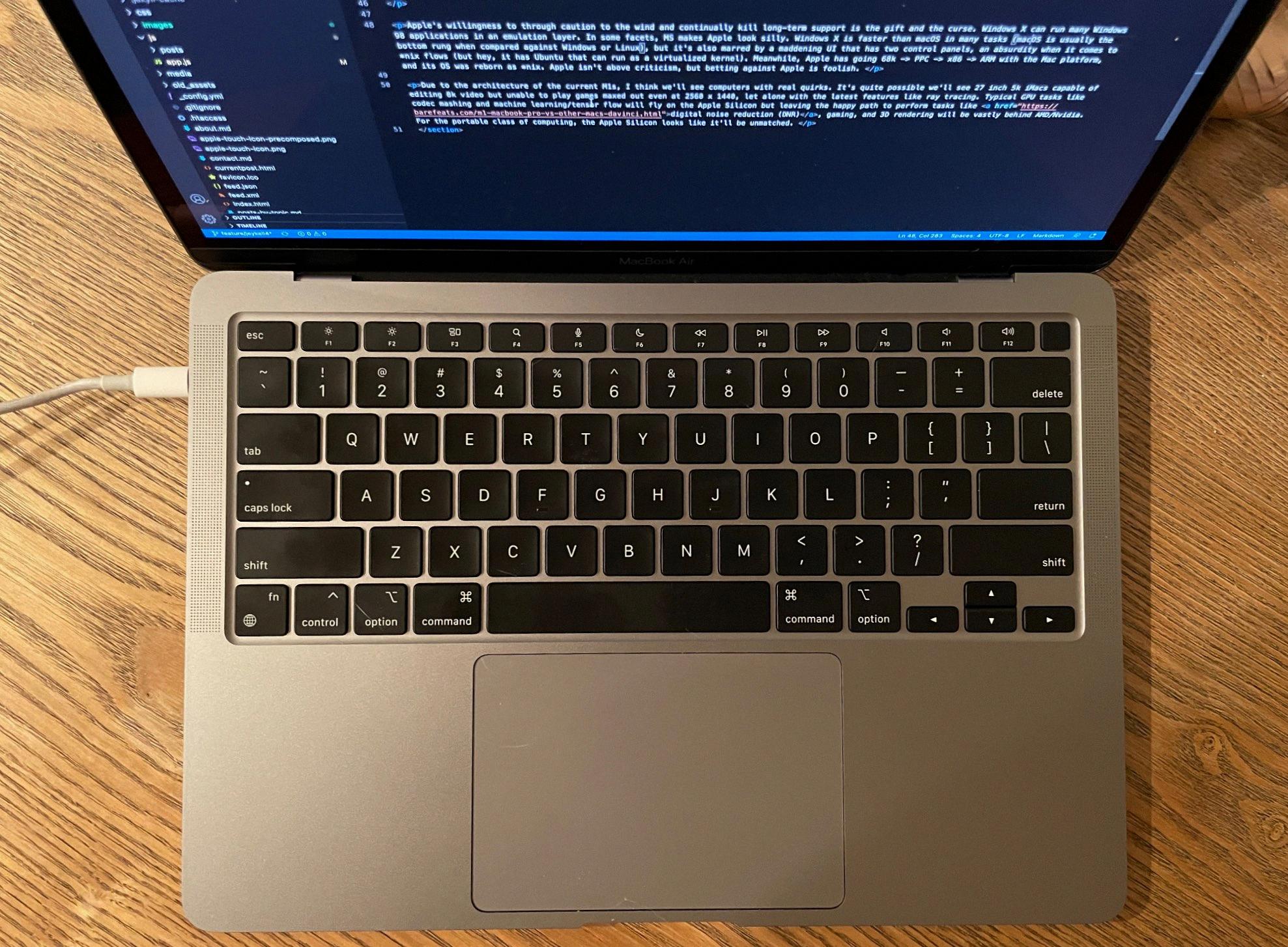
Source: blog.greggant.com
What Caches Should Not Be Deleted On Mac?
It’s generally not recommended to delete any system caches on your Mac, as they are vital for helping macOS run smoothly. In particular, it’s important to not delete any of the following caches:
– Kernel extensions cache (located in /System/Library/Extensions)
– Prebinding cache (located in /var/db/receipts)
– User application support caches (located in ~/Library/Caches and /Library/Caches)
– System application caches (located in /System/Library/Caches and /Library/Caches)
– System fonts caches (located in /System/Library/Fonts and ~/Library/Fonts)
– Font rendering caches (located in ~/Library/Application Support and ~/Library/Fonts)
– Shared library cache files (located in /private/var/db/)
– Compressed memory swap files (located in the Memory folder).
In addition, it’s important to note that deleting any non-system caches may cause unexpected issues with applications installed on your Mac. Therefore, we recommend only deleting any non-system caches if you are sure that doing so won’t have a negative impact on your Mac.
Frequency of Clearing Cache on Mac
It is not necessary to clear your cache on a Mac very often at all. However, if you would like to, you can clear your cache as often as you want without any harm being done. Clearing the cache can help with page-loading speed, so if that’s something you’re concerned about then clearing the cache more frequently may be beneficial. Ultimately, it is up to you how often you want to clear your cache and there’s no set rule for how often it should be done.
Which Caches Are Safe to Delete on Mac?
It is generally safe to delete caches on a Mac, but the best way to determine which caches are safe to delete is to use a program like Applejack. Caches that are usually safe to delete include DNS cache, font cache, application support cache, and browser cache. You can safely delete your browser cache anytime unless you have a dial-up connection. Other caches such as user caches, system caches, and kernel caches may contain important data that should not be deleted without expert advice.
The Safety of Deleting Chrome Cache Files on Mac
Yes, it is safe to delete Chrome cache files on a Mac. Clearing the cache will remove temporary files that are stored in your web browser to speed up page loading times. The process of deleting the cache does not damage your computer or any of the data stored on it, and can even help improve performance and browsing speed. If you need to free up space or if you’re having trouble with Chrome, deleting the cache is a good first step.
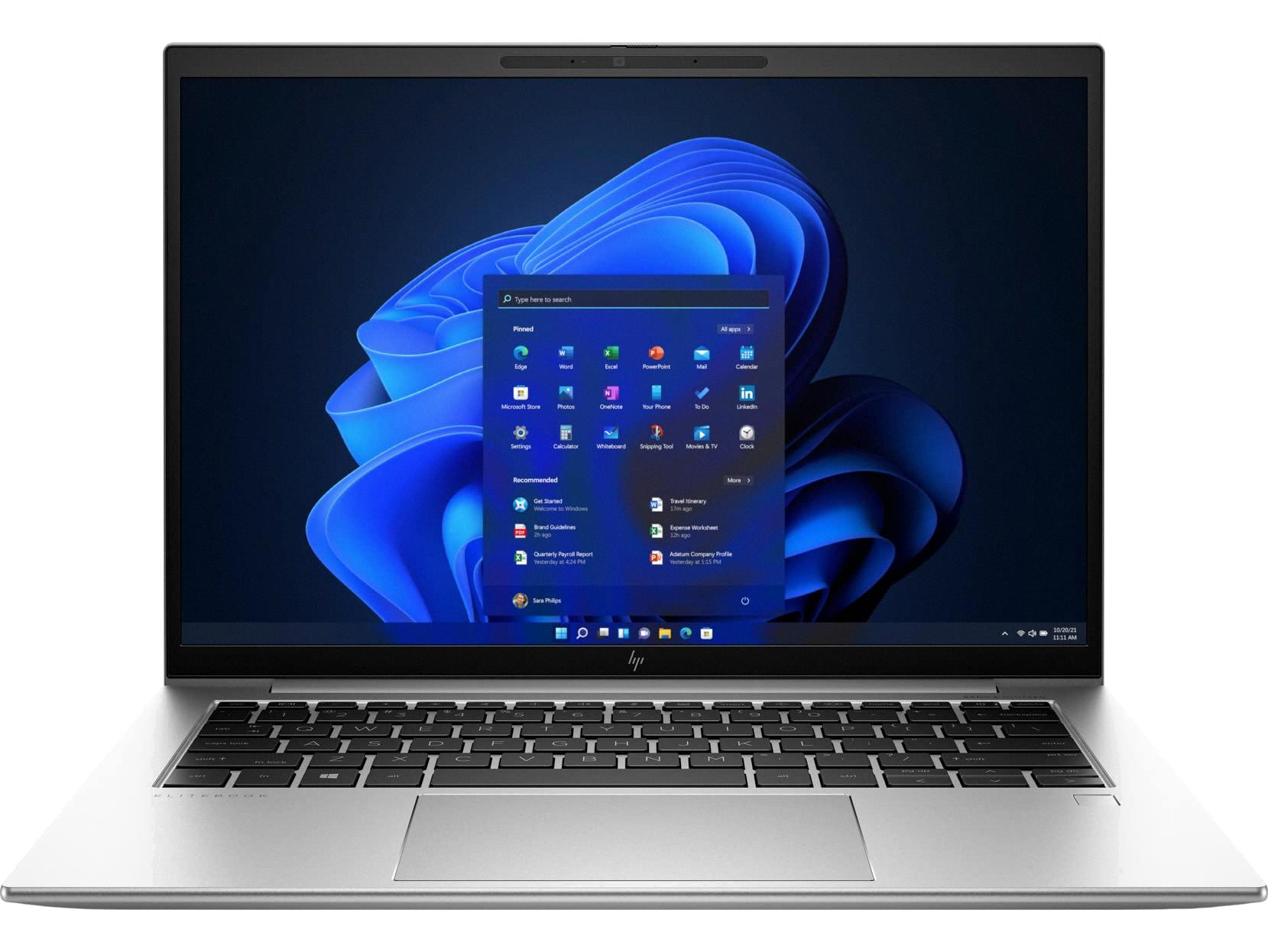
Source: amazon.com
Clearing the Browser Cache on a Mac Using a Shortcut
The shortcut to clear the browser cache on a Mac is to press the keys [shift] + [cmd] + [del]. This will open a popup window with the option to clear cached images and files. To complete the process, you need to enable the checkbox for “Cached images and files” and then click on the button labeled “Clear Browsing data”. Finally, reload the website to complete the process.
Does Mac Have a Cache?
Yes, Mac computers have a cache that helps reduce internet data usage and speed up software installation. This service is called content caching, and it stores commonly used files, apps, and other data from the App Store and your iCloud account on your Mac so that they can be quickly accessed in the future. Content caching can reduce the amount of data downloaded over the internet when installing apps or downloading updates on multiple devices. It also reduces the time it takes to install new apps by downloading them directly from your Mac instead of over the internet.

